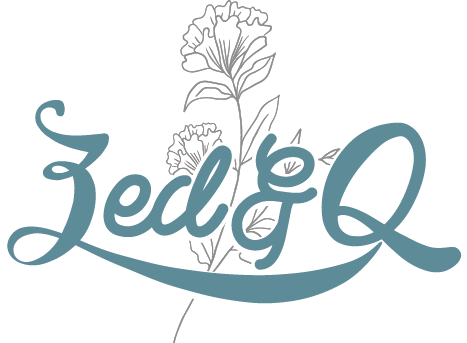
Montessori Inspired DIY Tactile Arabic Felt Letters
We started introducing sounds to our boys since they were able to pick up books. I decided to go a little further with Yaseen, who is almost 4 years old, and introduce Arabic 'Sandpaper Letters'. He currently loves drawing and writing so I think this will be perfect for him.
The Sandpaper Letters (well, in my case felt letters) are the first tactile material presented in the 3-6 year Montessori environment. They are used to develop the child's muscular memory of formation of letters. The letters are to be traced with the child's finger. When the child is ready to write, their hand will remember how to make it because of the amount of times they've traced it.
I used materials leftover from other projects, in fact my adhesive felt (well, not so adhesive anymore) is 8 years old! Traditional Montessori letter colours are red (constants) and blue (vowels). However, mine are reverse colours as I had heaps of leftover blue felt and only one red piece.
Note: If you use non adhesive felt and glue it on the base, it will harden the letters losing the softness. Despite my felt being non sticky anymore it still had a clear film as the backing. So I used this part to add PVA glue and stick it to the base.
What you need:
- Arabic Alphabet Templates (Download HERE)
- Cardboard
- Non adhesive Felt - I used blue and red
- Clear PVC - used for the vowels
- Scissors
- Texta/Pen
How to make:
1. I started cutting 28 cardboard and 4 PVC backings measuring 11.5 cm x 15.5 cm.

2. Cut out templates provided. While the blue felt is facing down, place the Arabic letters on top and trace. (The back side of letters should be facing upwards). Once complete, carefully cut.

2. Cut out templates provided. While the blue felt is facing down, place the Arabic letters on top and trace. (The back side of letters should be facing upwards). Once complete, carefully cut.

3. Remove back peeling of the felt and stick letter in the centre of the cardboard. (I used PVA to glue my letters down).

4. Trace the vowels template on to the back of the red felt piece, remember backside of template is facing up. Now stick them on the PVC bases.

There a 4 vowels, however I've intentionally left out the Kasrah as the Fattha vowel (right side) can easily be turned upside down and used as a Kasrah. I've also added a shaddah.

When the vowels are used, just place them on top of the letter.

All up, this project took me 8 hours to complete (minus drying time!).

For wider letters I had them placed horizontally.

We love seeing your little ones use our learning resources. If you choose to share your images or lessons on social media please tag us @brb_raisingkids or leave a review or comment below.
